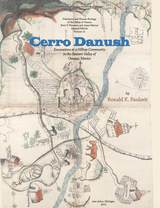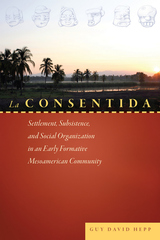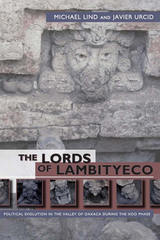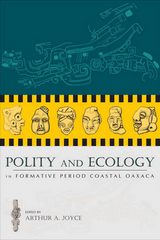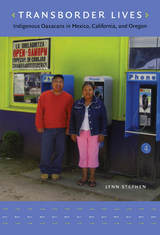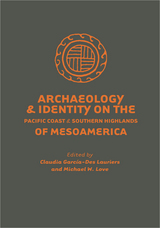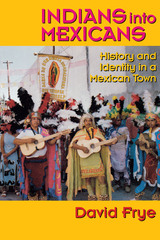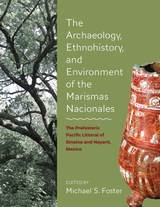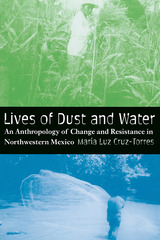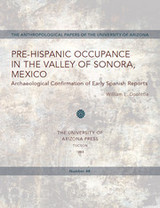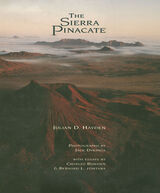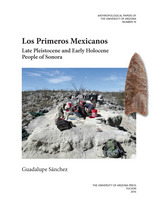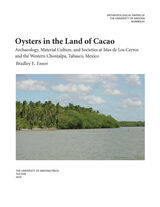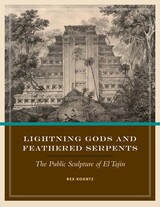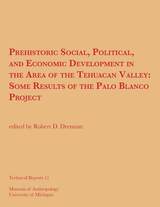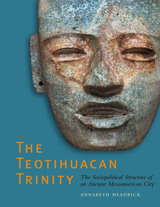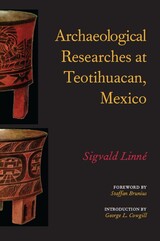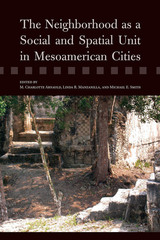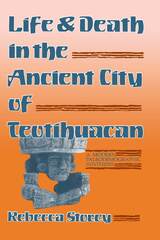El Fin del Mundo: A Clovis Site in Sonora, Mexico
University of Arizona Press, 2024
Paper: 978-0-8165-5299-3 | eISBN: 978-0-8165-5300-6
Library of Congress Classification F1219.1.S65F56 2024
Dewey Decimal Classification 972.1701
Paper: 978-0-8165-5299-3 | eISBN: 978-0-8165-5300-6
Library of Congress Classification F1219.1.S65F56 2024
Dewey Decimal Classification 972.1701
ABOUT THIS BOOK | AUTHOR BIOGRAPHY | REVIEWS | TOC
ABOUT THIS BOOK
In a remote desert corner of Sonora, Mexico, the site of El Fin del Mundo offers the first recorded evidence of Paleoindian interactions with gomphotheres, an extinct species related to elephants. The Clovis occupation of North America is the oldest generally accepted and well-documented archaeological assemblage on the continent. This site in Sonora, Mexico, is the northernmost dated late Pleistocene gomphothere and the youngest in North America. It is the first documented intact buried Clovis site outside of the United States, the first in situ Paleoindian site in northwestern Mexico, and the first documented evidence of Clovis gomphothere hunting in North America. The site also includes an associated upland Clovis campsite. This volume also describes a paleontological bone bed below the Clovis level, which includes a rare association of mastodon, mammoth, and gomphothere.
El Fin del Mundo presents and synthesizes the archaeological, geological, paleontological, and paleoenvironmental records of an important Clovis site.
Contributors
Joaquín Arroyo-Cabrales
Jordan Bright
James K. Feathers
Edmund P. Gaines
Thanairi Gamez
Gregory W. L. Hodgins
Vance T. Holliday
Susan M. Mentzer
Carmen Isela Ortega-Rosas
Manuel R. Palacios-Fest
Guadalupe Sánchez
Ismael Sánchez-Morales
Kayla B. Worthey
Kristen Wroth
El Fin del Mundo presents and synthesizes the archaeological, geological, paleontological, and paleoenvironmental records of an important Clovis site.
Contributors
Joaquín Arroyo-Cabrales
Jordan Bright
James K. Feathers
Edmund P. Gaines
Thanairi Gamez
Gregory W. L. Hodgins
Vance T. Holliday
Susan M. Mentzer
Carmen Isela Ortega-Rosas
Manuel R. Palacios-Fest
Guadalupe Sánchez
Ismael Sánchez-Morales
Kayla B. Worthey
Kristen Wroth
See other books on: Antiquities, Prehistoric | Clovis culture | Clovis Site | Paleontology | Sonora
See other titles from University of Arizona Press

